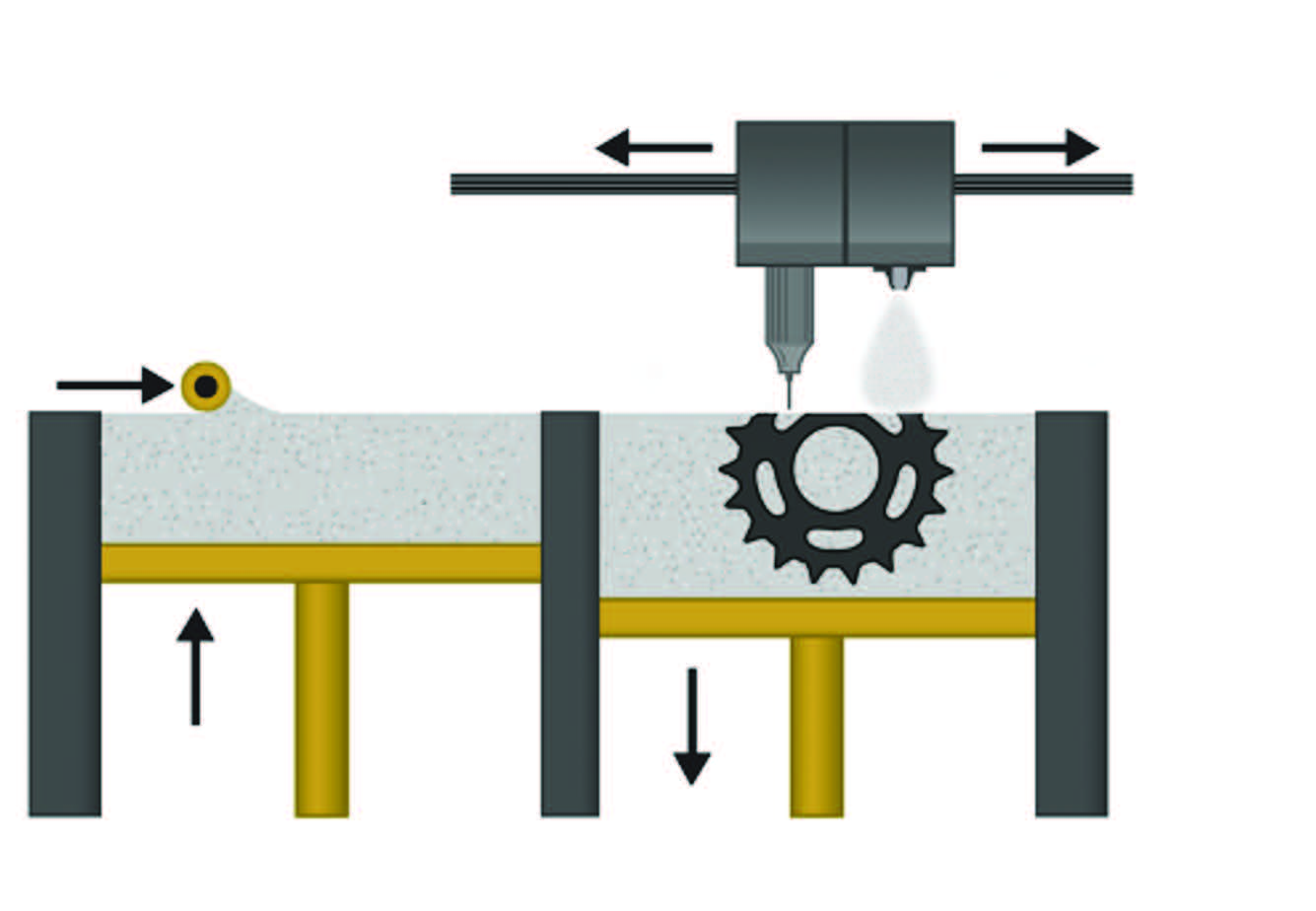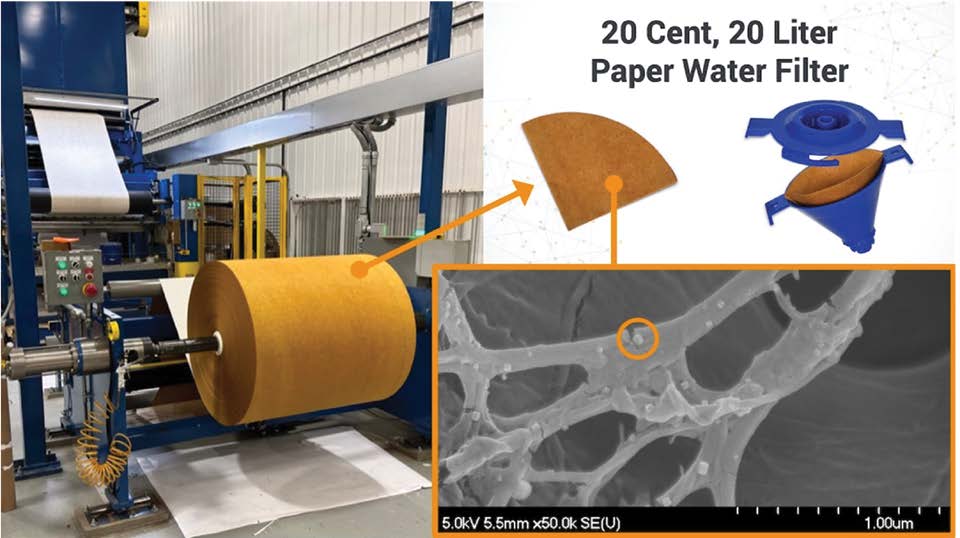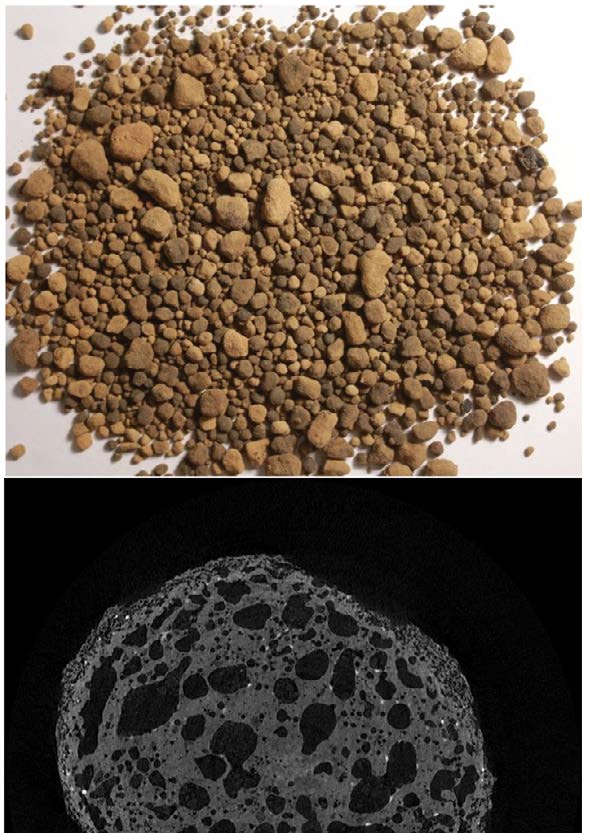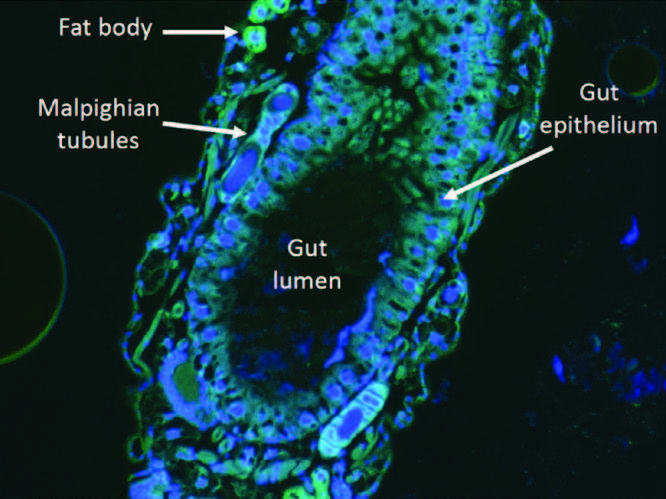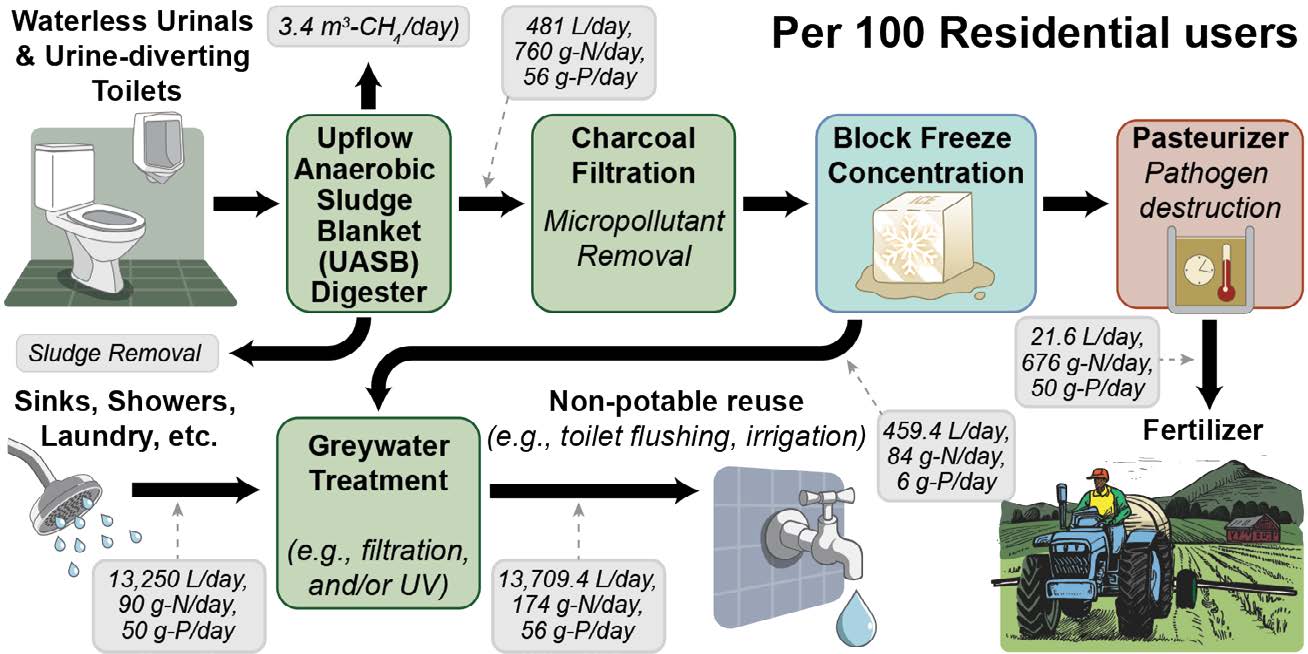NSF Funded Companies: In Partnership with CEP
These articles were written in partnership with the Chemical Engineering Progress about the work of some of our NSF funded companies.
Additively Manufactured Pure Copper Revolutionizes Thermal Management
Electric vehicles need more than twice the number of chips that conventional vehicles require. As production of electric vehicles continues to ramp up, the increasing demand for chips presents a significant engineering problem for thermal engineers. They need to design compact high-efficiency thermal management systems that can cool complex power electronics and batteries. Pure copper components are key to this challenge, as they are integral to a myriad of applications ranging from intricate electronic devices to next-generation heat exchangers.
Learn MorePaper Coating Enables World’s First Water Filter for Pennies
More than 2 billion people don’t have access to clean drinking water. As the leading cause of hospitalization in emerging countries, germs in drinking water account for 1.2 million deaths every year. The world needs a solution to achieve U.N. Sustainable Development Goal 6.1: universal access to safe and affordable drinking water for all. But existing solutions are neither affordable nor accessible to the people who need them the most.
Learn MoreRecycling Waste Coal Ash Promises More Sustainable Concrete Materials
The construction industry commonly uses lightweight aggregate — characterized by a bulk density lower than normal aggregates because of its porous structure — for applications such as lightweight concrete, insulating concrete, fire-resistant concrete, etc. Traditional lightweight aggregate is manufactured by mining natural materials such as slate or shale. The process includes crushing the mined material, screening it, and feeding it to a rotary kiln. As the material is heated, it turns into a partial liquid phase, where certain chemical compounds release gases that create porous structures in the lightweight aggregate.
Learn MoreNovel RNAi Technology Targets Leading Global Crop Pest
Fall armyworm (Spodoptera frugiperda) has been wreaking havoc on vital global crops, including corn, wheat, and rice, in more than 100 countries. According to the United Nations Food and Agricultural Organization (FAO), the impact of fall armyworm is economically profound, with damages ranging from $1 billion to $3 billion annually and crop yield reductions of up to 50%. However, widely used chemical defenses against the fall armyworm can impact other species and lead to resistance in the pests. Furthermore, existing treatment methods come with hefty registration costs and have a history of drawing public scrutiny. Available biological alternatives are limited by poor shelf life, field instability, unpredictable performance, and high production costs.
Learn MoreNovel Treatment Process Makes Fertilizer from Human Waste
Excess nitrogen and phosphorus in surface waters cause harmful algae blooms, and in densely populated watersheds, human urine and feces in wastewater significantly contribute to this nutrient pollution. Many wastewater plants are at capacity and struggle to meet tightening nutrient removal regulations, prompting them to pass on the cost of related sewer upgrades, in the form of connection and usage fees, to building developers.
Learn More

